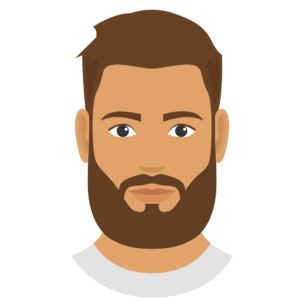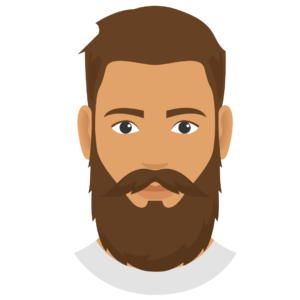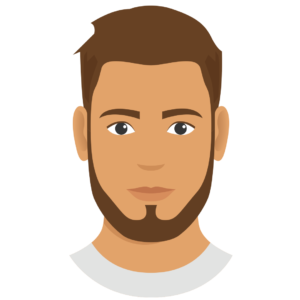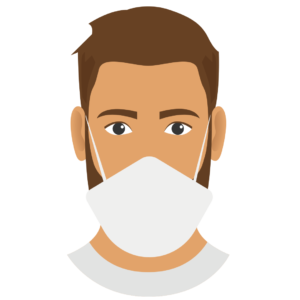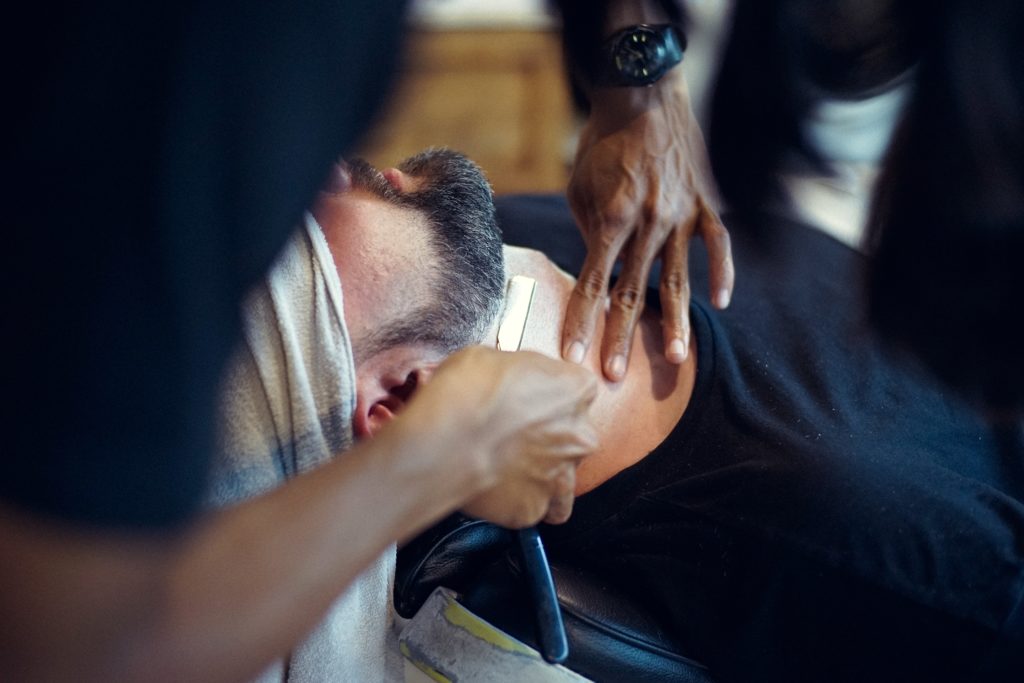
Whether you love them or hate them, it doesn’t look like beards are going anywhere anytime soon.
But, gents, if the idea of fashioning facial hair hasn’t grown on you yet, that being because you simply struggle to grow one or your partner just isn’t keen, you may be surprised to learn that there are some unexpected benefits to gaining some face fluff during the warmer weather.
So, if you can’t bear-d to think about how your allergies are going to affect you with hayfever season in full swing, we’ve looked into what styles of beards are best for allergy sufferers.


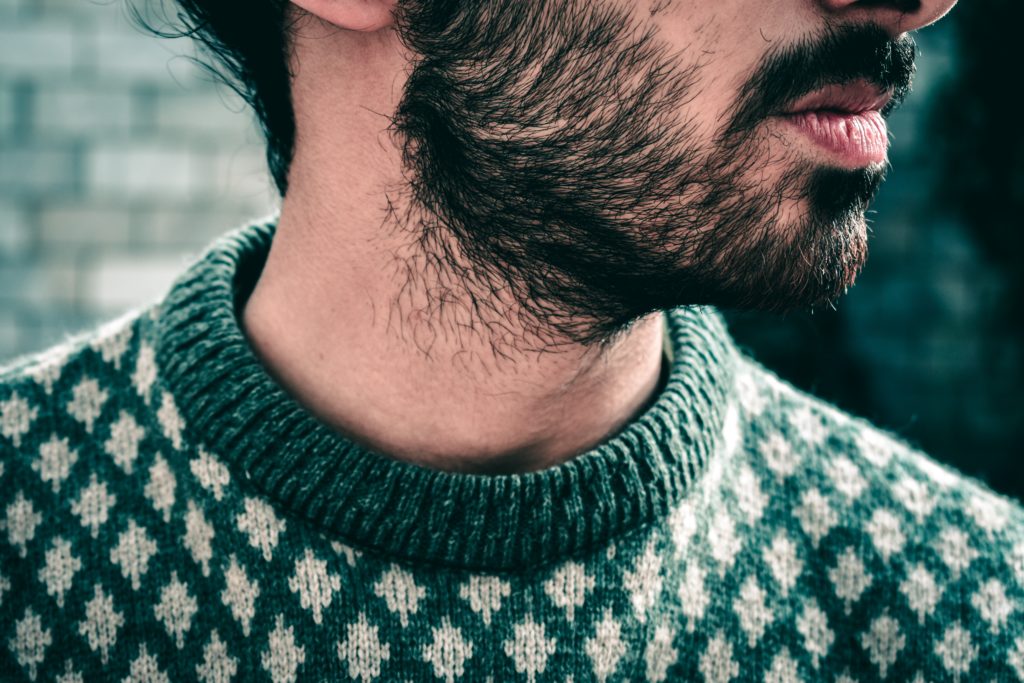

 ‘Business beard’
‘Business beard’
